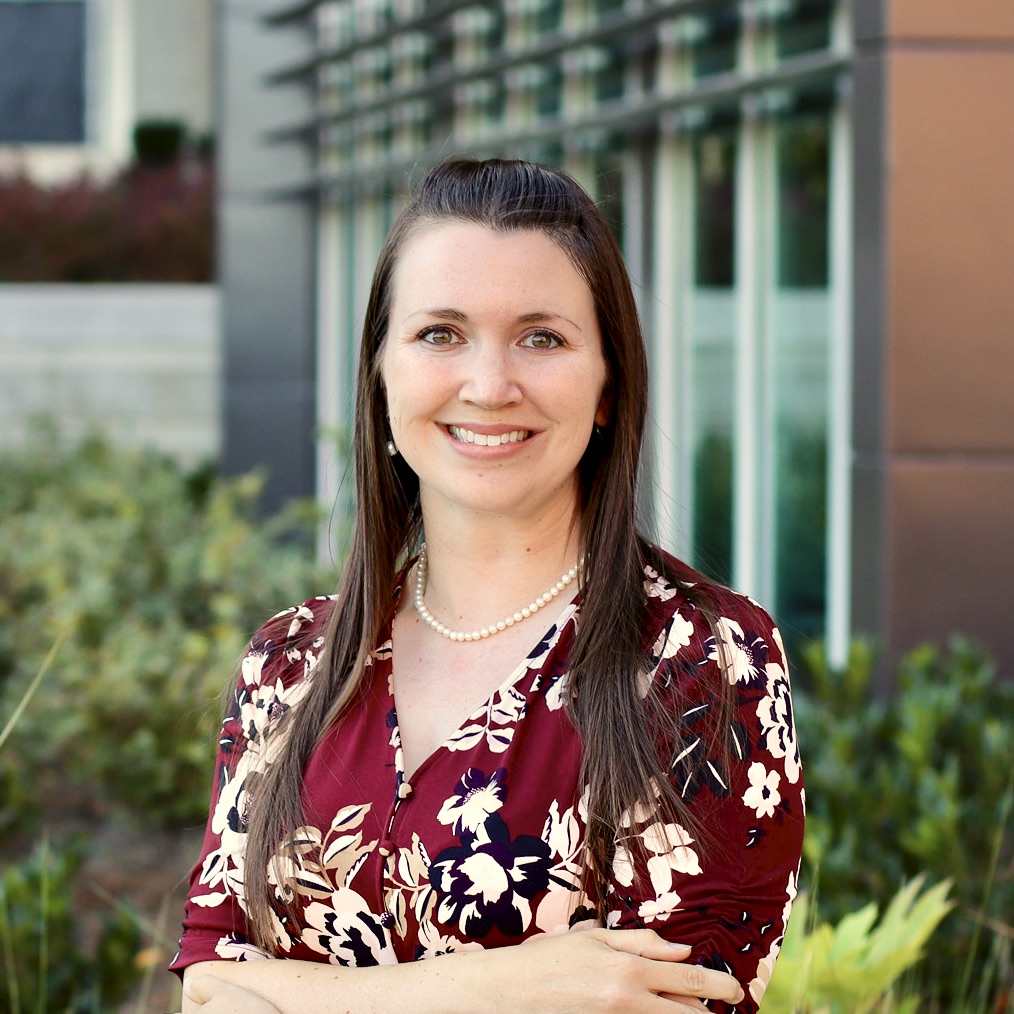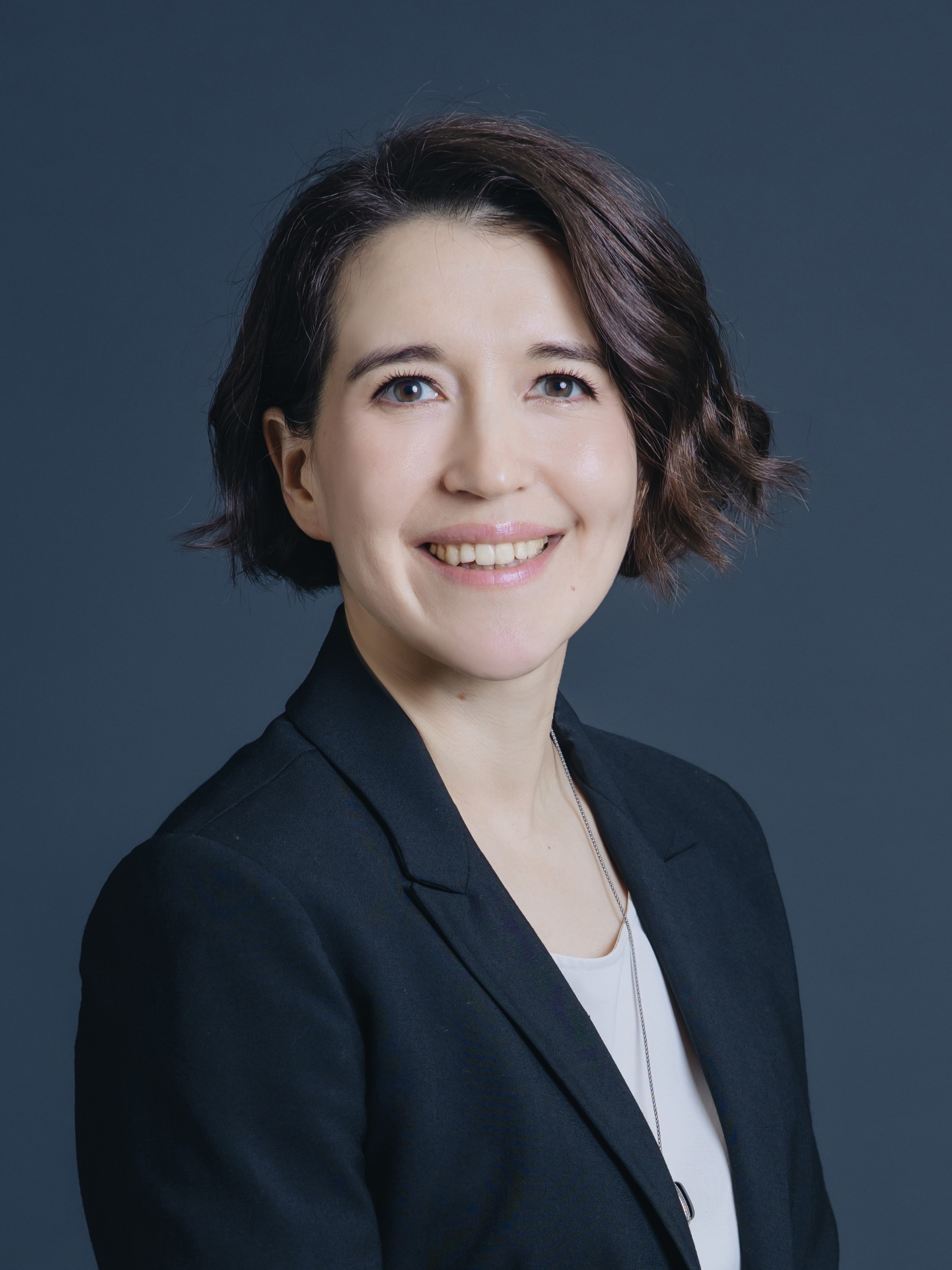Tutorial 1
An Introduction to Piezoelectric Passive Components for Power Electronics Designers
Power electronics are the lifeblood of many exciting emerging technologies in transportation, energy systems, manufacturing, healthcare, information technology, and more. These applications demand power electronics with ever-increasing efficiency and performance with ever-decreasing size and cost. While major advances along these dimensions have been enabled by wide-bandgap semiconductor devices and digital control, further advancement is now majorly bottlenecked by passive components, particularly magnetics (i.e., inductors and transformers). Magnetics have long been integral to power electronics, but they pose fundamental size and performance challenges at small scales that impede miniaturization.
This tutorial will introduce how we can leverage an alternative passive component technology - piezoelectric components – to unlock a new era of scalability for power electronics. Piezoelectrics offer numerous potential size, performance, and manufacturability advantages, but realizing these requires fundamental re-evaluation of both power electronic circuits and piezoelectric components themselves. Accordingly, this tutorial is intended to equip power electronics researchers and engineers with the basic understanding of piezoelectric components needed to leverage them in future power converter designs. Key concepts on piezoelectric materials, components, packaging, and how they may be utilized in power electronics will be covered.
Jessica Boles

Jessica Boles is an Assistant Professor in the Department of Electrical Engineering and Computer Sciences at the University of California, Berkeley, and Co-Director of the Berkeley Power and Energy Center. She received her B.S. and M.S. degrees from the University of Tennessee, Knoxville and her Ph.D. from the Massachusetts Institute of Technology, all in electrical engineering. Her research interests span power electronic components, circuits, control, and applications. She is currently pursuing a new class of power electronics based on piezoelectric passive components to enable major advances in the performance, size, and cost of power conversion.
Boles has received the ARPA-E IGNIITE Award, the NASA Early Career Faculty Award, and the UC Berkeley Presidential Chair Fellowship. Her work has been recognized with two IEEE prize paper awards, the IEEE PELS Ph.D. Thesis Talk Award, and multiple prize presentation awards. She is a past recipient of the NSF Graduate Research Fellowship, the MIT Collamore-Rogers Fellowship, the UT Knoxville Bodenheimer Fellowship, the MIT EECS Department Head Special Recognition Award, and the UT Knoxville Chancellor's Citation for Professional Promise.
Tutorial 2
Modeling and Analysis of AC-DC Converters with Practical Simulation Tips
Accurate modeling and analysis are essential for understanding and designing AC-DC power converters, but their small-signal frequency response analysis can be challenging to understand and measure. This tutorial provides a structured approach to modeling and analyzing AC-DC converters, emphasizing practical simulation examples.
The first part of the tutorial will introduce the fundamentals of small-signal modeling for switch-mode power converters, starting with DC-DC converters before expanding to AC-DC systems. We will discuss the key frequency response measurements for power converters and the added complexities that arise when moving from DC-DC to AC-DC analysis. The second part of the tutorial will focus on the detailed modeling and control analysis of power factor correction (PFC) boost converters. Based on the mathematical framework and findings from recent research, we demonstrate that for control loop and output impedance analysis, a DC source set to the AC source’s RMS value can be used to accurately find the frequency response, significantly reducing simulation time. We will demonstrate how to implement this method using SIMPLIS and discuss the simulation speed advantages it provides compared to traditional AC sweep methods. By the end of this tutorial, attendees should have a solid foundation in modeling AC-DC converters and gain practical insights into using simulation tools more efficiently.
Katherine Kim

Katherine A. Kim is a Professor of Electrical Engineering at the National Taiwan University, Taipei, Taiwan. She received her B.S. degree from Franklin W. Olin College of Engineering in 2007 and her M.S. and Ph.D. degrees from the University of Illinois at Urbana-Champaign in 2011 and 2014, respectively. Her research focuses on power electronics and control for solar photovoltaic applications. Beyond research, she is passionate about making engineering education more engaging and interactive. She has been recognized for her contributions to power electronics education, receiving the IEEE Power Electronics Society (PELS) Award for Achievements in Power Electronics Education in 2022 and the IEEE Education Society’s Mac Van Valkenburg Early Career Teaching Award in 2024.
Prof. Kim is also active in IEEE PELS, currently serving as the Vice President of Global Relations (2024-2025). Previously, she served as PELS Member-at-Large (2016–2018), Women in Engineering Chair (2018–2020), and Constitution and Bylaws Chair (2021–2023). She hopes to break down complex power electronics concepts into interactive, practical, and fun learning experiences in this tutorial.
